Simulations demonstrate that light can be confined within a scattering medium in a way similar to electrons in a disordered metal.
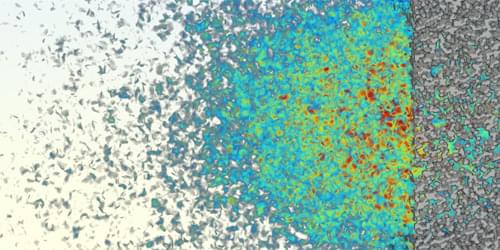

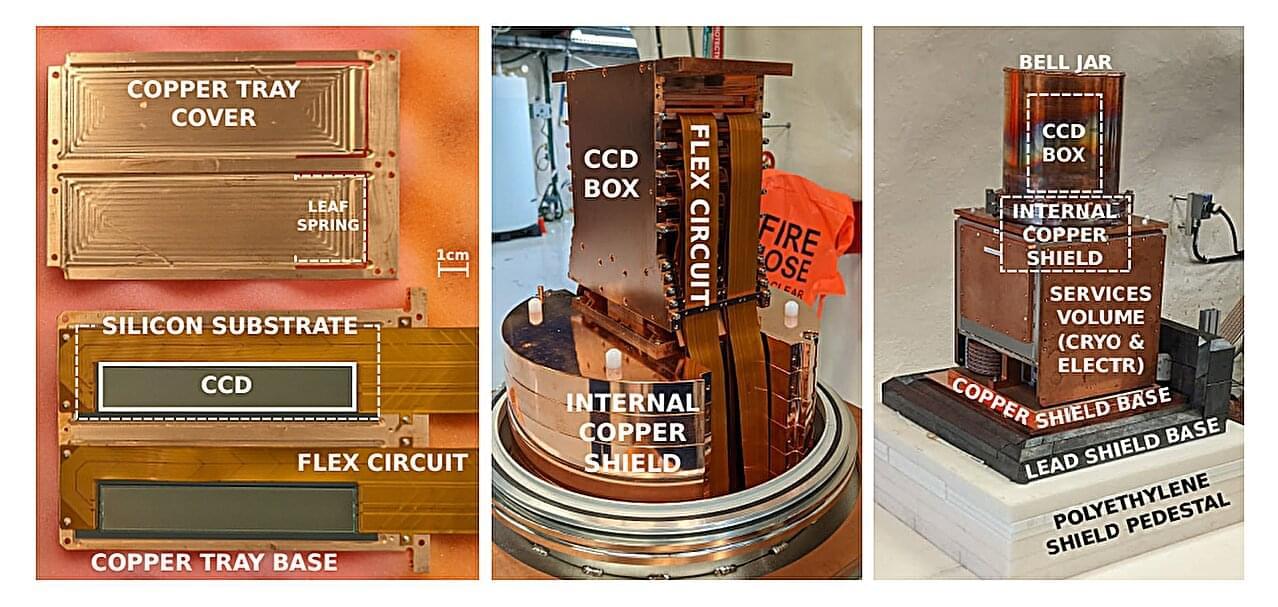
Detecting dark matter particles and understanding their underlying physics is a long-standing research goal for many researchers worldwide. Dark matter searches have been aimed at detecting different possible signals that could be associated with the presence of these elusive particles or with their interaction with regular matter.
A promising technology for conducting dark matter searches is the SENSEI (Sub-Electron Noise Skipper-CCD experimental instrument) detector, a highly sensitive imaging sensor located at the SNOLAB research facility in Canada.
The research group analyzing data collected by this detector, dubbed the SENSEI collaboration, have published the results of their first search for sub-GeV dark matter at SNOLAB in the journal Physical Review Letters.
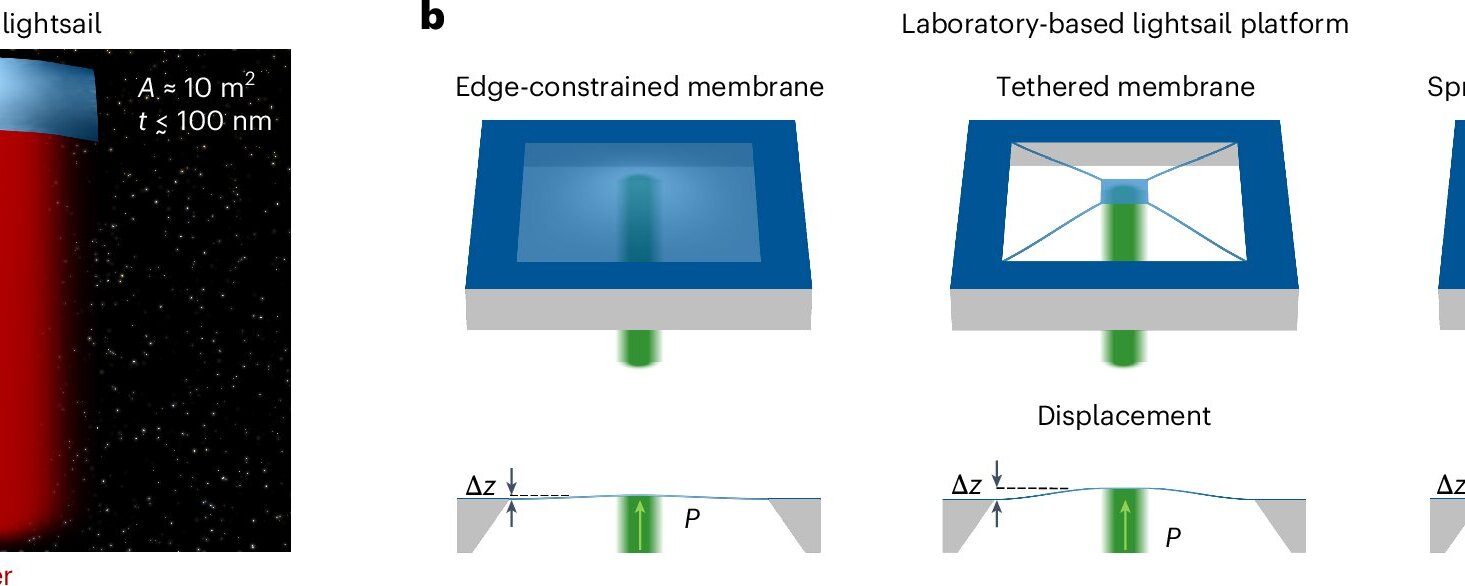
The idea of traveling through interstellar space using spacecraft propelled by ultrathin sails may sound like the stuff of sci-fi novels. But in fact, a program started in 2016 by Stephen Hawking and Yuri Milner, known as the Breakthrough Starshot Initiative, has been exploring the idea. The concept is to use lasers to propel miniature space probes attached to “lightsails” to reach ultrafast speeds and eventually our nearest star system, Alpha Centauri.
Caltech is leading the worldwide community working toward achieving this audacious goal.
“The lightsail will travel faster than any previous spacecraft, with potential to eventually open interstellar distances to direct spacecraft exploration that are now only accessible by remote observation,” explains Harry Atwater, the Otis Booth Leadership Chair of the Division of Engineering and Applied Science and the Howard Hughes Professor of Applied Physics and Materials Science at Caltech.

Detecting dark matter, the elusive type of matter predicted to account for most of the universe’s mass, has so far proved to be very challenging. While physicists have not yet been able to determine what exactly this matter consists of, various large-scale experiments worldwide have been trying to detect different theoretical dark matter particles.
One of these candidates is so-called light dark matter (LDM), particles with low masses below a few giga-electron volts (GeV/c2). Theories suggest that these particles could weakly interact with ordinary matter, yet the weakness of these interactions could make them difficult to detect.
The NEON (Neutrino Elastic Scattering Observation with Nal) collaboration, a group of researchers analyzing data collected by the NEON detector at the Hanbit nuclear reactor in South Korea, have published the results of their first direct search for LDM.
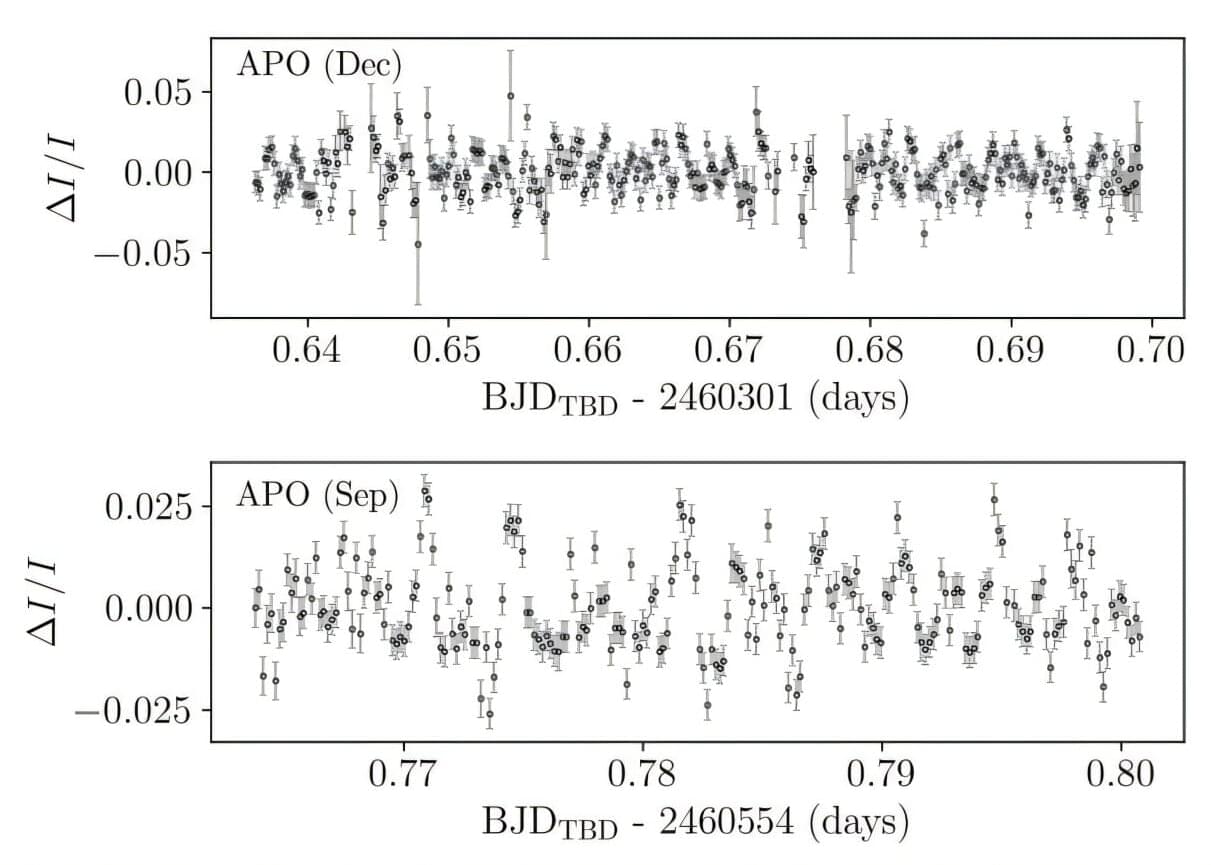
Using the Gran Telescopio Canarias (GTC) and the Apache Point Observatory (APO), an international team of astronomers has detected 19 pulsation modes in an ultra-massive white dwarf known as WD J0135+5722. The discovery, presented on the arXiv preprint server, makes WD J0135+5722 the richest pulsating ultra-massive white dwarf known to date.
White dwarfs (WDs) are stellar cores left behind after a star has exhausted its nuclear fuel. Due to their high gravity, they are known to have atmospheres of either pure hydrogen or pure helium. However, a small fraction of WDs shows traces of heavier elements.
In pulsating WDs, luminosity varies due to non-radial gravity wave pulsations within these objects. One subtype of pulsating WDs is known as DAVs, or ZZ Ceti stars—these are WDs of spectral type DA, having only hydrogen absorption lines in their spectra.

Cornell scientists have developed a novel technique to transform symmetrical semiconductor particles into intricately twisted, spiral structures—or “chiral” materials—producing films with extraordinary light-bending properties.
The discovery, detailed in a paper in the journal Science, could revolutionize technologies that rely on controlling light polarization, such as displays, sensors and optical communications devices.
Chiral materials are special because they can twist light. One way to create them is through exciton-coupling, where light excites nanomaterials to form excitons that interact and share energy with each other. Historically, exciton-coupled chiral materials were made from organic, carbon-based molecules. Creating them from inorganic semiconductors, prized for their stability and tunable optical properties, has proven exceptionally challenging due to the precise control needed over nanomaterial interactions.
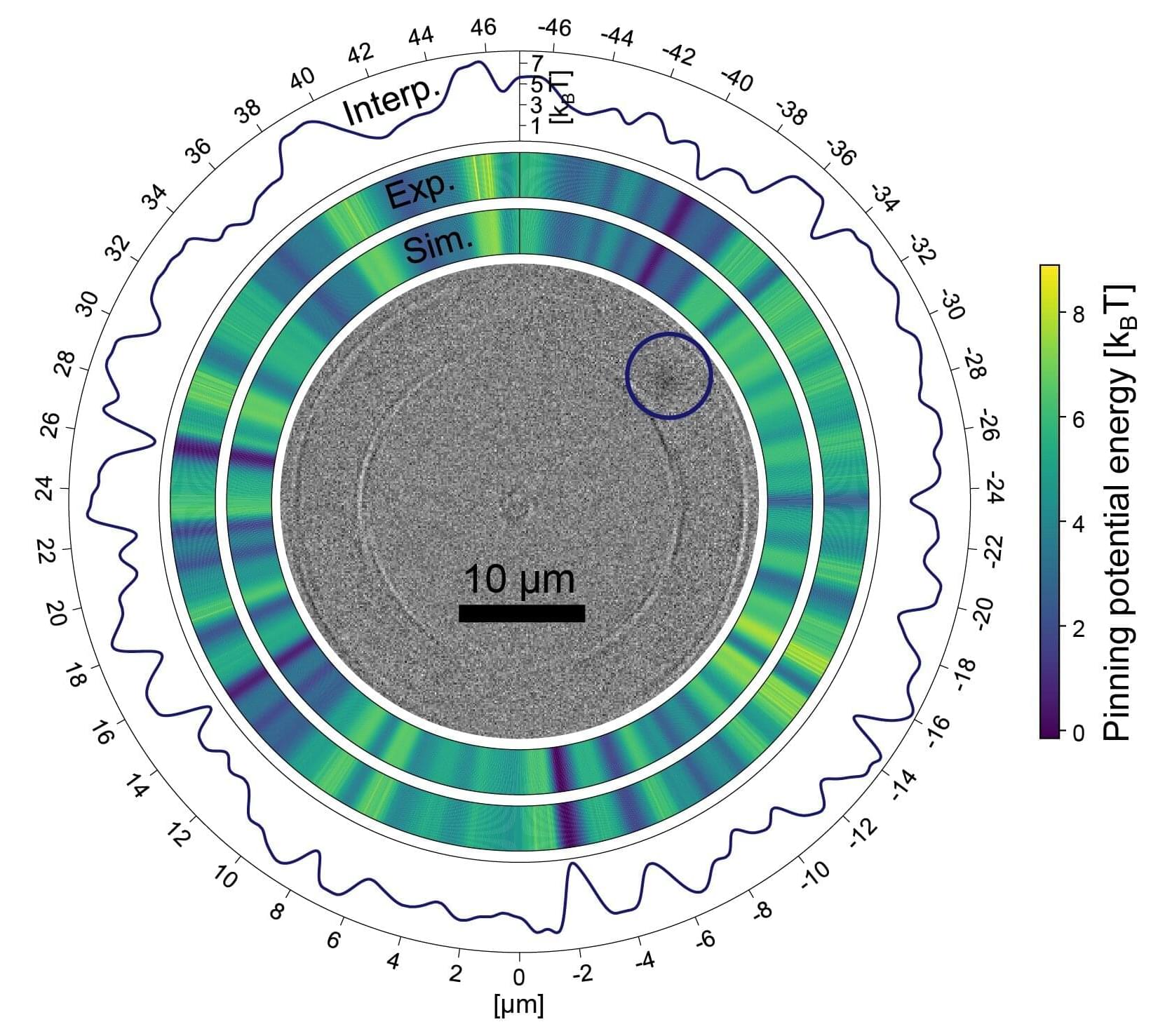
Skyrmions are nanometer-to micrometer-sized magnetic whirls that exhibit particle-like properties and can be moved efficiently by electrical currents. These properties make skyrmions an excellent system for new types of data storage or computers. However, for the optimization of such devices, it is usually too computationally expensive to simulate the complicated internal structure of the skyrmions.
One possible approach is the efficient simulation of these magnetic spin structures as particles, similar to the simulation of molecules in biophysics. Until now, however, there has been no conversion between simulation time and experimental real time.

In the well-known thought experiment known as the prisoner’s dilemma, one individual has to decide whether to stay silent or talk to the police about their crime based on how they anticipate an accomplice will react. RIKEN researchers have gained insights into how the brain incorporates such predictions about choices made by others into the decision-making process.
Past studies have identified brain structures and circuits involved in predicting and interpreting the behavior of others. However, it was unclear how predictions of others’ behavior influence our choices.
Hiroyuki Nakahara of the RIKEN Center for Brain Science and his team hope to uncover more about this process. “We’re especially interested in understanding how human social capabilities are realized in the human brain,” Nakahara says.
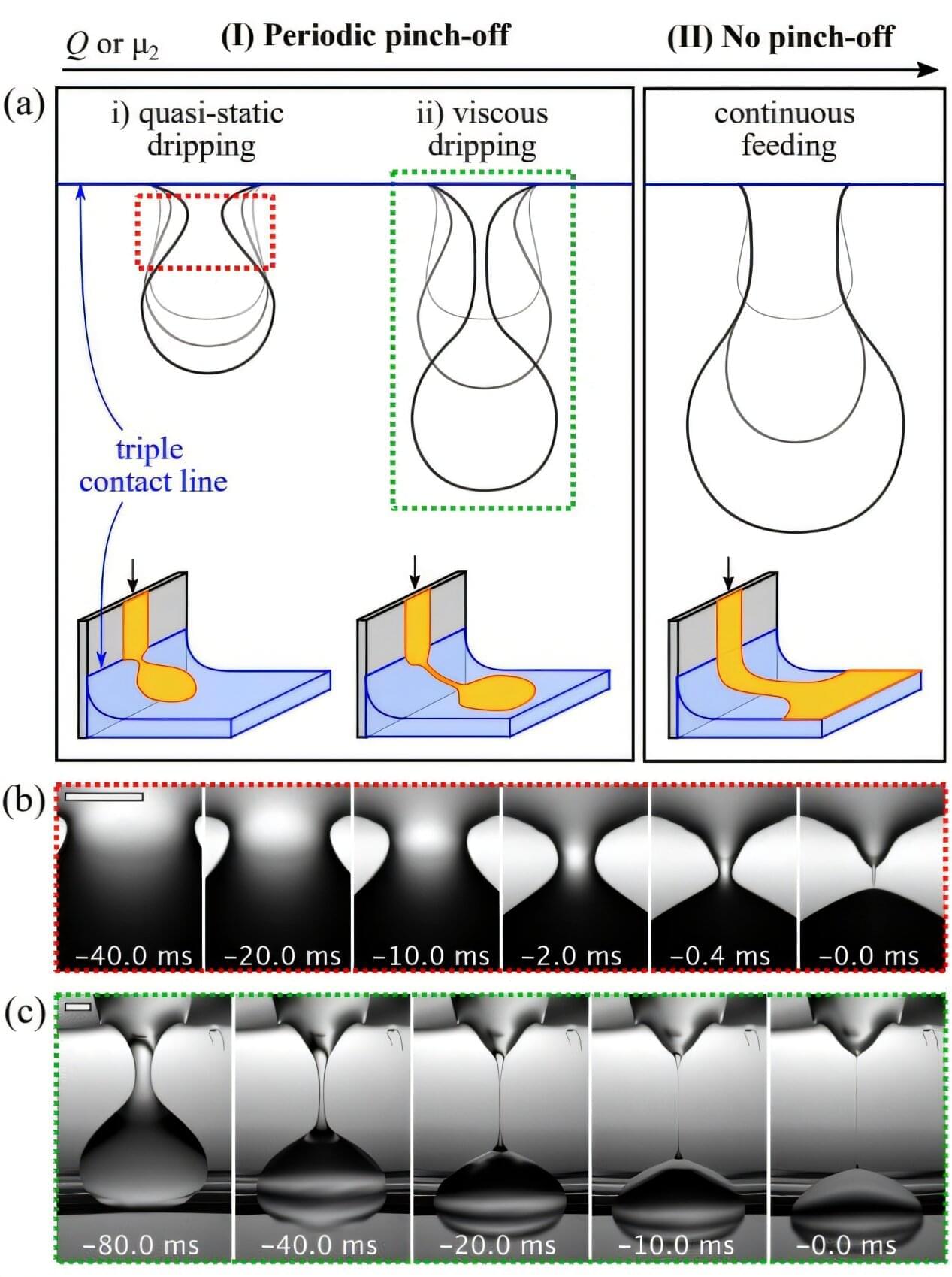
A team of researchers from Universidad Carlos III de Madrid (UC3M) has developed an innovative technique that allows the production of regular oil lenses of uniform size on the surface of water in a simple and reproducible fashion. The technique will facilitate the study of the behavior of oily substances dispersed on water surfaces.
This discovery is crucial for understanding the dispersion of some liquids floating on water and could have many applications in oil spill mitigation and the food and textile industries. The study is published in the journal Physical Review Letters.
The initial discovery, according to the researchers, was the result of an “accident” during the preparation of a routine experiment. “We were trying to coat a water surface with a thin layer of oil, but the result was unexpected: Instead of a uniform film, we obtained a series of identical and very small droplets, which aroused our curiosity,” explains Javier Rodríguez, from UC3M’s Department of Thermal and Fluids Engineering.

A team of physicists and engineers at the University of Colorado Boulder has discovered a new way to measure the orientation of magnetic fields using what may be the tiniest compasses around—atoms.
The group’s findings could one day lead to a host of new quantum sensors, from devices that map out the activity of the human brain to others that could help airplanes navigate the globe. The new study, published in the journal Optica, stems from a collaboration between physicist Cindy Regal and quantum engineer Svenja Knappe.
It reveals the versatility of atoms trapped as vapors, said Regal, professor of physics and fellow at JILA, a joint research institute between CU Boulder and the National Institute of Standards and Technology (NIST).